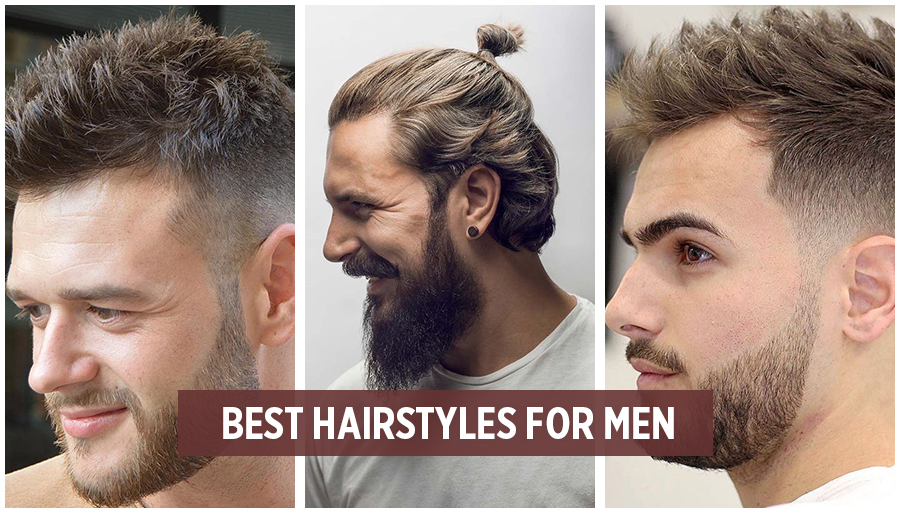Hairdressers as Artistic Curators Molding Community Identity and Bonding in NYC City
Hairdressers as Artistic Curators Molding Community Identity and Bonding in NYC City
Blog Article
Barbershops in NYC are not only places to get a trim; they function as important cultural hubs that help shape community identity and nurture relationships among residents. These establishments have a rich heritage in city settings, acting as gathering spots where individuals from diverse backgrounds come together. In many neighborhoods, barbershops are often the first place where clients can engage in discussions about community issues, share stories, and build relationships. This unique role makes barbers not only talented professionals but also cultural curators who contribute to the community fabric of their neighborhoods.
The environment in a barbershop is often lively and welcoming, creating a space where people feel at ease sharing themselves. Barbers are known for their skill to engage with patrons, often participating in talks that span from athletics to politics. This interaction helps to create a sense of belonging among patrons, as they share their stories and viewpoints. In many cases, barbershops mirror the ethnic diversity of the neighborhoods they serve, showcasing different hairstyles, grooming methods, and even sounds that connect with the local population. This cultural exchange enriches the experience for all involved and bolsters community ties.
Barbershops also have a significant role in preserving cultural traditions. Many barbers have been trained in particular techniques that are transmitted through generations, ensuring that unique looks and methods are not forgotten over time. For instance, certain styles and grooming practices may be linked to cultural background, allowing clients to express their identity through their look. By maintaining these traditions, barbershops help to keep cultural narratives alive, providing a sense of pride and continuity for community members.
In addition to their cultural significance, barbershops often engage in community outreach and support local initiatives. Many barbers take an active role in addressing social issues, such as learning and go to this website health awareness, by hosting events or offering resources to their patrons. This engagement shows a dedication to the well-being of the community and fosters a sense of responsibility among barbers. By using their platforms to promote positive development, barbershops become essential players in the local area, further solidifying their role as cultural curators.
In conclusion, barbershops in New York City serve as essential spaces for cultural exchange, community building, and identity formation. They provide a distinct environment where people can bond, exchange, and celebrate their diverse backgrounds. As community curators, barbers not only shape the way clients present themselves but also affect the broader social dynamics. By recognizing the value of these businesses, we can appreciate the vital role they play in building connections and maintaining cultural traditions in urban settings.